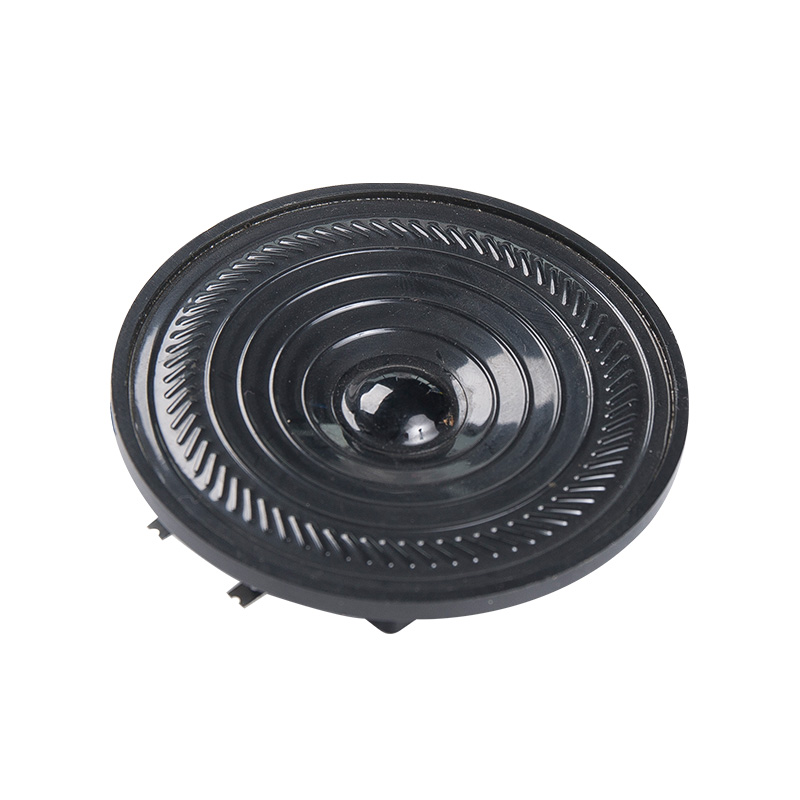The optimization of car speaker cones for enhanced bass response is a crucial aspect of speaker design. Achieving deep and impactful bass requires careful consideration of various factors in the cone design. Here's an in-depth exploration of how car speaker cones are optimized for enhanced bass response:
Cone Material:
The choice of material for the speaker cone is pivotal. Materials like polypropylene, mica-injected polypropylene, or other composite materials are commonly used. These materials offer a balance between stiffness and flexibility, allowing the cone to respond efficiently to low-frequency signals.
Stiffness and Rigidity:
The cone must have sufficient stiffness to maintain its shape under the stress of low-frequency vibrations. This prevents distortion and ensures accurate reproduction of bass frequencies. However, it should also have some level of flexibility to allow for the necessary movement required for generating deep bass.
Cone Profile and Surface Area:
The cone's profile and surface area play a role in its ability to move air and produce low-frequency sounds. Larger cones with a greater surface area can displace more air, contributing to a more robust bass response. The cone profile also affects how the cone moves and interacts with the surrounding air.
Ribbing and Reinforcements:
Many speaker cones feature ribbing or reinforcements to enhance their structural integrity. Reinforcements help prevent cone flexing and breakup at higher excursion levels, which is crucial for maintaining clarity and preventing distortion in the bass frequencies.
Surround Material and Design:
The surround, which connects the cone to the speaker basket, is vital for allowing controlled cone movement. Common surround materials include rubber, foam, or treated fabrics. A well-designed surround ensures that the cone can move smoothly, facilitating the generation of deep bass tones.
Voice Coil and Motor Structure:
The design of the voice coil and motor structure influences the speaker's ability to handle low-frequency signals. A robust voice coil and motor structure contribute to better control and precision in the movement of the cone, especially in the lower frequency range.

Magnet Size and Strength:
The size and strength of the magnet in the motor assembly impact the speaker's ability to reproduce low frequencies. A larger and more powerful magnet provides the necessary magnetic flux for the voice coil to move accurately, especially in demanding bass passages.
Optimized Cone Weight:
Balancing the weight of the cone is critical. While a lightweight cone facilitates quick response, a too-light cone may lack the mass needed for impactful bass. Optimizing the cone weight ensures a balance between responsiveness and the ability to produce deep, resonant bass.
Thermal Management:
Bass-heavy music and prolonged use can lead to heating of the voice coil. Effective thermal management, often achieved through venting or cooling technologies, prevents overheating and ensures consistent bass performance even under demanding conditions.
Compliance and Suspension System:
The compliance of the suspension system, including the surround and spider, influences how the cone reacts to low-frequency signals. A well-designed suspension system allows the cone to move freely within specified parameters, contributing to accurate bass reproduction.


 EN
EN  English
English Deutsch
Deutsch 中文简体
中文简体
